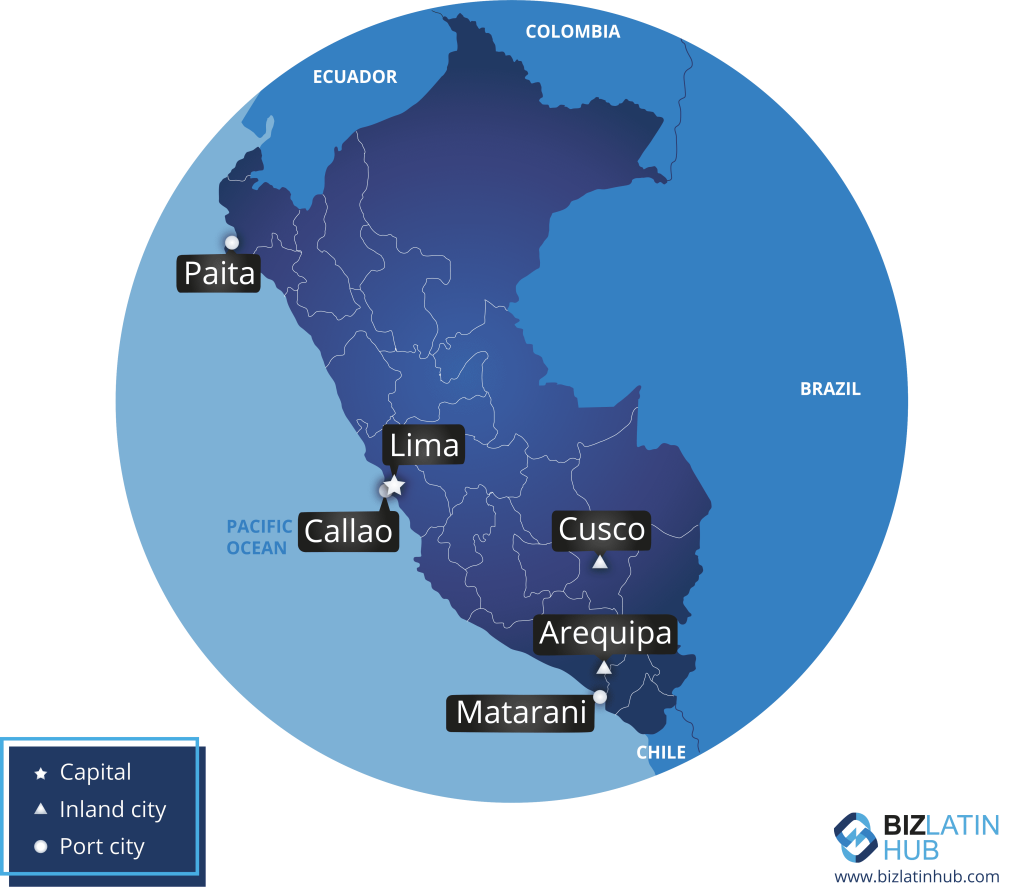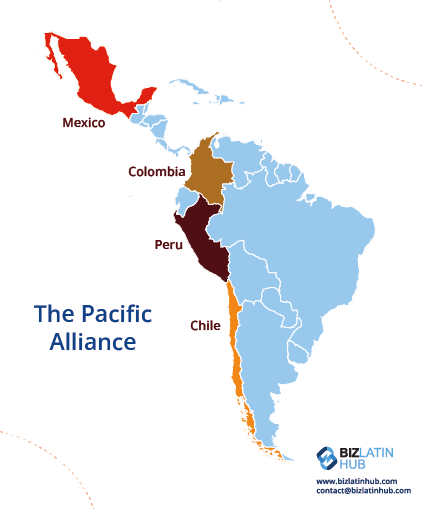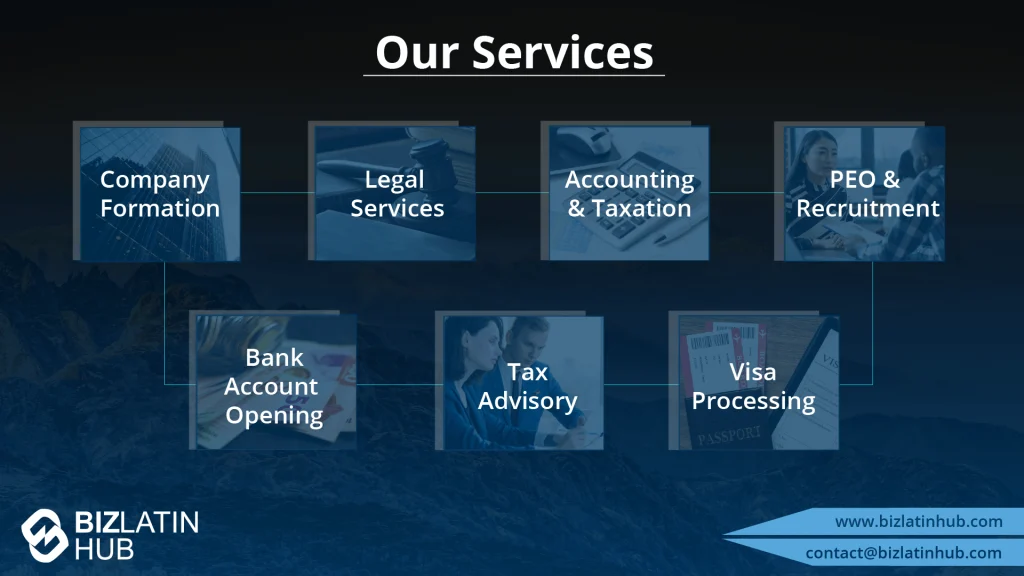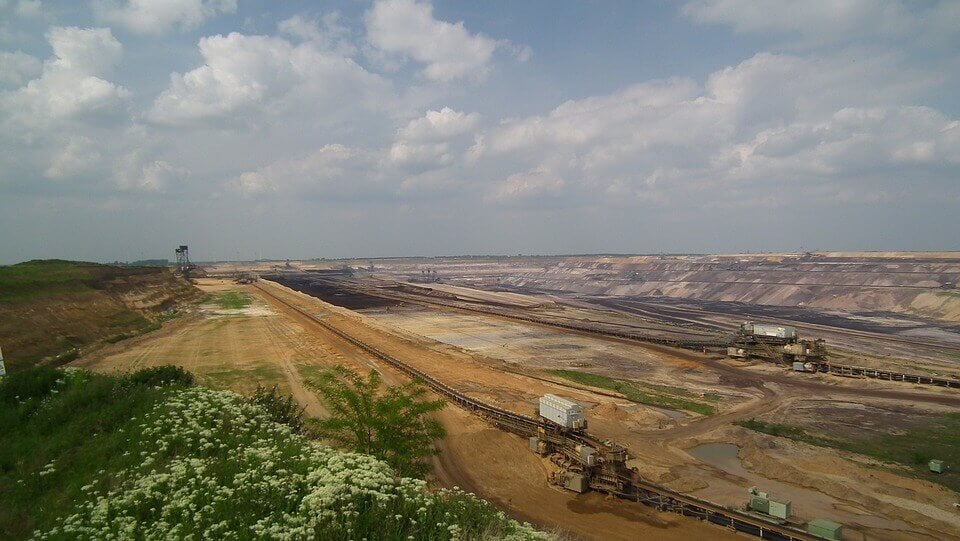Specifically, Peruvian Mining Sector Law states that a “Mining Concession” refers to the right of the holder to develop (1) mineral exploration and/or (2) exploitation operations, within a solid indefinite depth, bounded by the vertical planes which arise from the sides of a square, rectangle or closed polygon whose vertices are referenced to concession.

Additionally, the Law also considers three other types of mining operations within the concession law system. These include:
- Processing
- Transportation
- Overall work concessions
Peruvian Mining Law – Overview of the Peruvian Mining Permit System
Specifically, for a Mineral Processing Operations, the Act states that the holder is granted the right to remove and/or concentrate a valuable part of an uprooted mineral aggregate and/or melt, purify and refine metals or other commodities using physical, chemical and/or physical-chemical equipment. As such, under Peruvian law, mining and processing are considered to be the same with reference to the concession system. Noting that, within the scope of this law, the mineral rights and the surface rights are clearly different; similar to what may be expected in other countries such as Canada or Australia.
Peruvian Mining Entities

At the same time, it is important to note that there are different entities responsible for these processes.
According to this, the Mineral Processing Operations (INGEMMET) grants the mining concession titles for medium and large mining projects, and the Regional Directorate of Energy and Mines (DREM) grants them in favor of the Small Scale Miners (PPM) and Artisanal Miners (PMA).
Moreover, the Ministry of Energy and Mines (MEM), acting through the General Directorate of Mining (DGM), is the entity responsible for granting the title for processing concessions to medium and large mining. The title will be granted by the DREM in case the requestor is a PPM and PMA.
Peruvian Mining Permit Process
Focusing now on the permit process most suitable for both Public and Private Junior Mining Companies; the Peruvian Mining Act considers a PPM by law to have the following characteristics for legal purposes:
- (i) An individual, group of individuals, legal entity composed of individuals, mining cooperative or cooperative federation habitually engaged directly in mineral exploitation and/or mineral processing activities;
- (ii) Hold, under any title, a maximum of 2,000 hectares, including mineral claims, petitions and concessions; and,
- (iii) Have, under any title, a maximum installed production and/or processing capacity of 350 metric tons per day (MTD)
However, there are two exceptions; these are:
- For non-metallic mining and building materials – the maximum limit for production and/or processing capacity is 1,200 tons per day (MTD)
- For metal placer deposits – the maximum limit for production an/or processing is 3,000 cubic meters per day.
The key steps that a PPM must follow in order to obtain a mining concession are:
- PPM Qualification
- Determine the coordinates of the concession area
- Complete the Mining Concession Application
- Granting of the Concession Title
It is important to note that the Mining Concession title does not authorize the holder to initiate activities. The holder will still need to obtain a Certificate of Mining Operation; which is the document that qualifies the holder for starting activities. The document is granted once the holder proves compliance with all required legal obligations.
Biz Latin Hub can help you obtain a mining permit in Peru
If you would like more information on the Peruvian Mining Industry and how to obtain mining permits, feel free to get in contact now.






